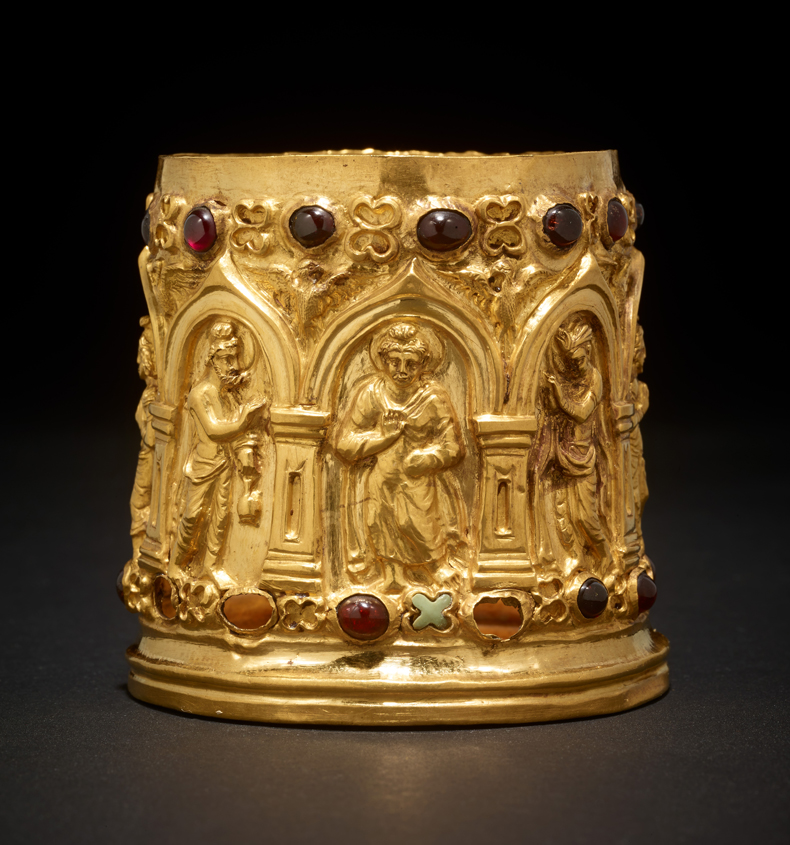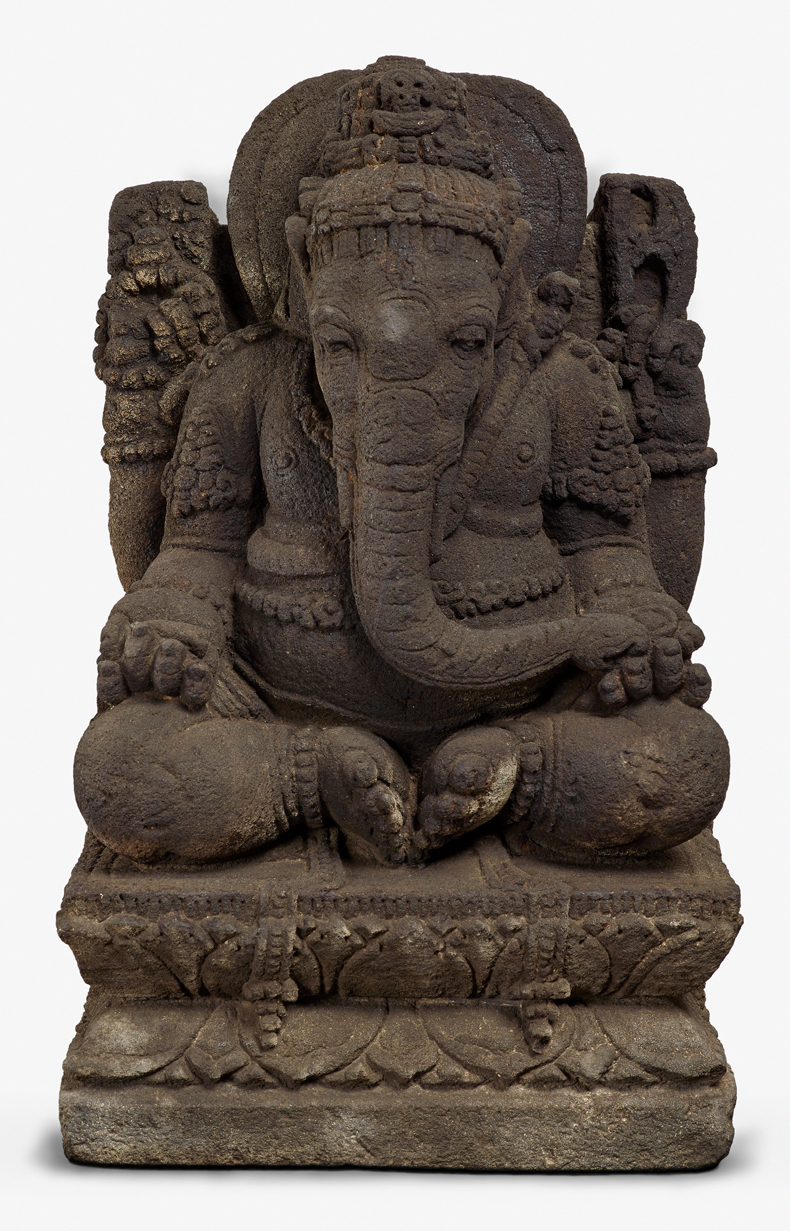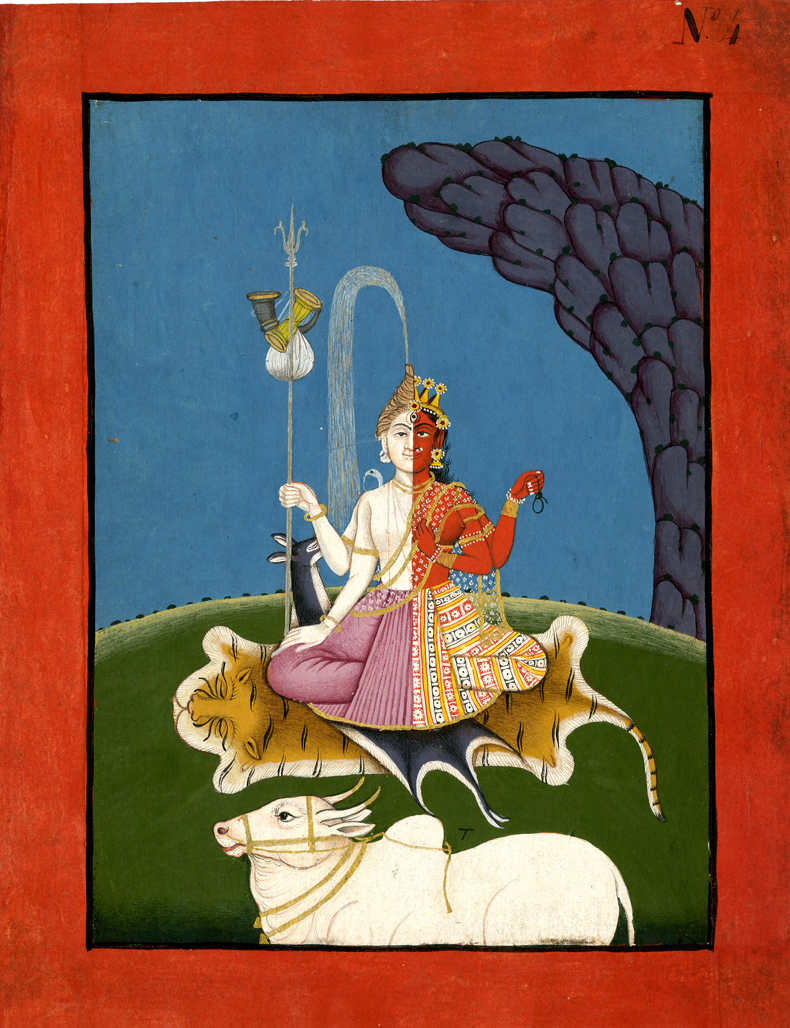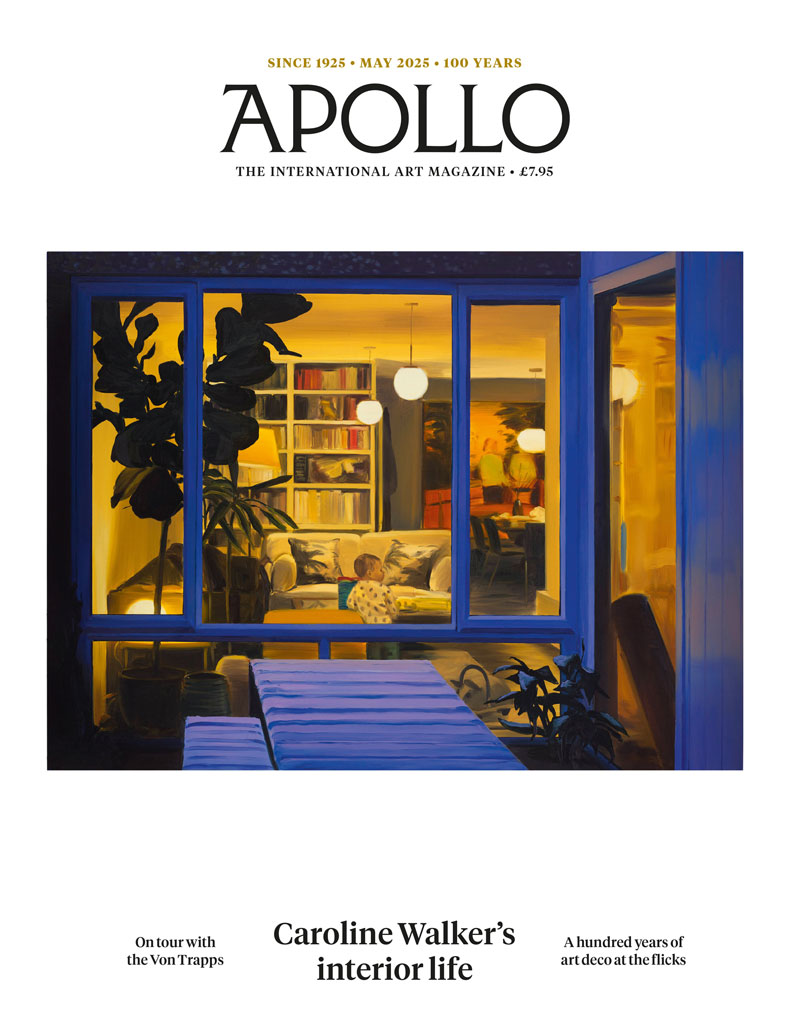An intricate Ganesha hewn from volcanic stone a thousand years ago; an eighth-century watercolour rendering of the Buddha painted on to silk; a gold reliquary dating from the first century and believed to contain the earliest known image of the Buddha as a man – such items and some 180 more will be on display in this exhibition at the British Museum, which draws heavily from the institution’s South Asian collections but also includes loans from around the world (22 May–19 October). Hinduism, Buddhism and Jainism are the three oldest faiths in India, and looking at some of their earliest surviving manifestations conveys a sense of just how deep their roots go. But the exhibition also features a number of paintings and sculptures from later centuries, which reveal how expressions of all three religions changed over time.
Find out more from the British Museum’s website.
Preview below | View Apollo’s Art Diary

Bimaran casket (c. 1st century), maker unknown. Photo: © The Trustees of the British Museum

Ganesha made of volcanic stone (c. 1000–1200), Java. Photo: © The Trustees of the British Museum

Depiction of Ardhanarishvara (‘lord who is half woman’; Shiva and Parvati combined in one deity) (c. 1790–1810), maker unknown. Photo: © The Trustees of the British Museum












![Masterpiece [Re]discovery 2022. Photo: Ben Fisher Photography, courtesy of Masterpiece London](http://zephr.apollo-magazine.com/wp-content/uploads/2022/07/MPL2022_4263.jpg)
Suzanne Valadon’s shifting gaze